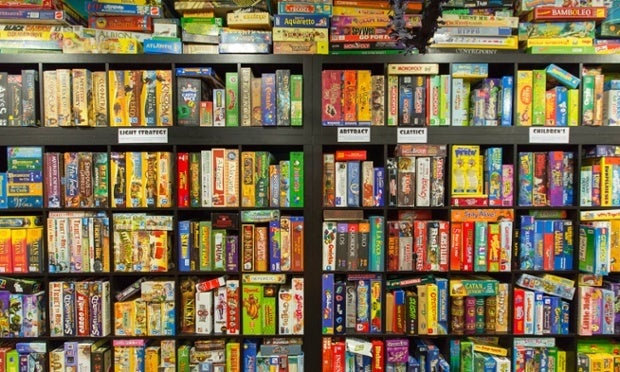
Tell most people that you’re a “gamer” nowadays and they’ll subconsciously add the prefix “video”. But while digital games are grudgingly acknowledged as part of the entertainment mainstream, the past decade has also seen unexpected growth in an industry that many assumed would become redundant in the era of screens: tabletop board games.
Sales are still dwarfed by the latest PC and console blockbusters, but the past four years have seen board game purchases rise by between 25% and 40% annually. Thousands of new titles are released each year, and the top games sell millions of copies.
To successive generations raised on the Mega Drive, PlayStation and iPhone, the concept of sitting around a table rolling dice and moving pieces may seem positively archaic. But beyond mass-market titles like Monopoly and Guess Who, a community of independent designers and publishers has been steadily producing innovative, exciting and beautiful games offering experiences beyond even those of the most sophisticated gaming hardware.